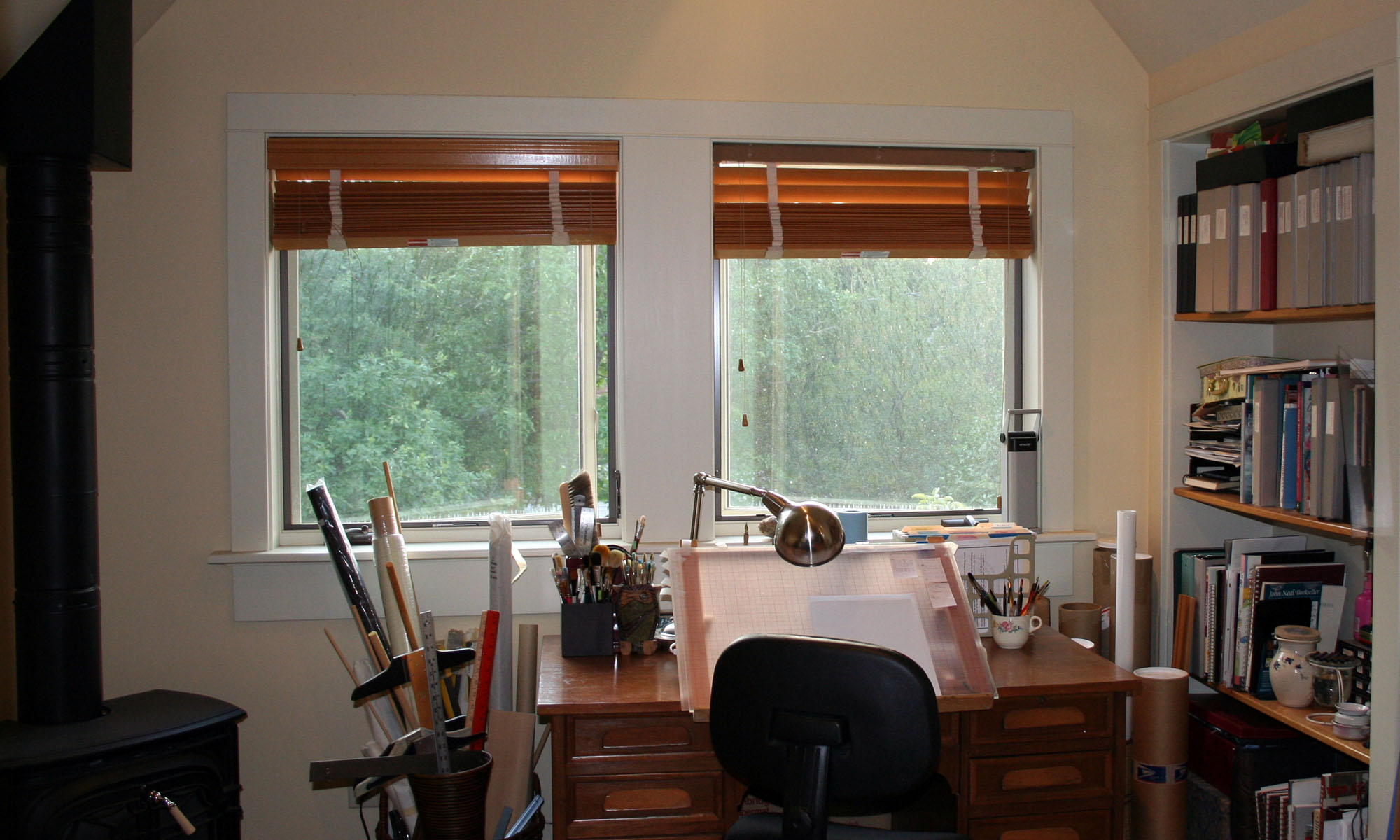
Leftover palette of gouache with a #6 Mitchell nib, x-height 2.8mm
(or 9 pen-widths exclusive of pressure-and-release considerations).
12 x 9 in page of Somerset Book paper, I think.
Since mid-July, I’ve been steadily building a journal of Roman minuscules practice. This is today’s work: page 36, towards the end of my 3rd section. I’ll be happy to get off of this paper (Somerset Book?). And I’m looking forward to the Zerkall German Ingres that is the next folio.
At this point I’ve worked my way through the entire copious batch of handouts from Elmo van Slingerland’s 3-week online class. I’ve been branching out in a couple of ways. For a few pages, I followed some experiments to their logical conclusion, changing up size and boldness and shape. I have a lot more to do there. But then I branched out another way, emulating some pages I had long admired by past masters.
I had wandered into built-up pointed-pen Roman minuscules, thanks to a gorgeous page of those by Werner Schneider. (I don’t see it anywhere online, but trust me, it would blow you away.) They were a bear to do, and I actually had a little temper tantrum over them — rather out of character and most immature, but rather satisfying, in a way — before settling down to work on them seriously.
After the difficult work of building up monoline Roman minuscules, I took a break to do this page with a #6 Mitchell and pressure-and-release, curious to see whether I could approximate the general texture of the built-up monoline letters. The answer is: yes, sort of.
I believe I’ll repeat both the built-up pointed-pen and #6 Mitchell pressure-and-release experiments on the next two pages, if only to confirm for myself how much better life is on Zerkall German Ingres.
